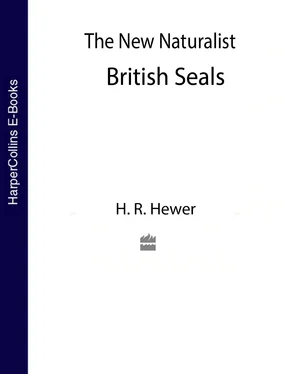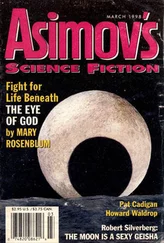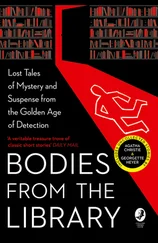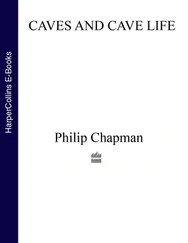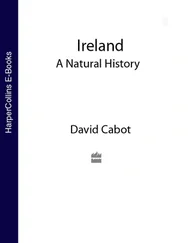FIG. 10. Distribution of the grey seal in British waters. The areas where breeding rookeries are known to occur are shown by black circles. On the Irish coast the exact localities are not known but possible sites are indicated by black spots. The size of the circle is not indicative of the numbers of seals involved in breeding.
The narrow entrances to the caves and the shallow beaches both militate against the building of a social structure on shore during the breeding season. In this group the organisation takes its form in the sea and consequently the behaviour of both bulls and cows is very different from that found in the more northern groups. Over many weeks of observation maintained during the hours of daylight, I have only seen bulls ashore on four occasions and on two of these they were at the water’s edge. Only in the most secluded coves can more than a few cows be seen at any one time, and then most will be seen to be suckling their pups and will have newly come ashore.
Little is known in the area occupied by this group of the use made of skerries and islands for non-breeding purposes. Haul-outs, presumably fishing ones, are usual on Lundy, the exact site being dictated by the weather. Skokholm and other Pembrokeshire islands and skerries have records of non-breeding haul-outs. Ramsey Island which provides one of the principal centres of breeding sites also has a moulting haul-out site in the late winter and spring. This beach, Aber Foel Fawr, which is inaccessible except by boat, but can be fully observed from a neighbouring cliff, is also used as a ‘reservoir’ during the breeding season as Davies has pointed out. Lockley has published a photograph of a beach with a similar moulting haul-out, but does not mention where it is. Since upwards of 200 seals, mostly of one sex, have been seen on each of these two beaches, it is possible that these are the only moulting sites for the Cornish-Pembroke-Wexford section of the group.
From what has been said about the difficulties of obtaining an accurate count of the pups and also from the absence of precise information about parts of the area occupied by this group, it will be readily appreciated that an estimate of the total number of grey seals in the group is very difficult to make. Estimates of the Welsh section made by Davies and, independently, by myself suggest that there were about 1,000 of all ages and both sexes connected with the breeding grounds of west Wales and the southern Irish Sea. This may now be exceeded. For Cornwall, the Scilly Isles and the west of Ireland the estimates cannot be much more than inspired guesses and would possibly add a total of 1,000+, making 2,000+ in all.
Despite the vagueness of this total it can be confidently said that the numbers are on the increase. Reference has already been made to the fishing haul-out on the West Hoyle Bank, off the Wirral peninsula, where Craggs and Ellison made counts of the grey seals. Quite apart from the seasonal variations, which were reported annually, their figures showed a steady increase year by year. Since the publication of their paper (1960) the number continued to increase but has levelled off in the last five years. This could, of course, mean that the Mersey Bight has become a more popular fishing ground, but independent observations, without however the numerical precision of Craggs and Ellison’s data, show an increase on Bardsey Island and on the west Wales breeding sites.
SOUTHERN HEBRIDEAN GROUP
This group is centred around the southern Inner Hebrides, more correctly known as The Ebudes. The group is a small one but of considerable geographical interest. The breeding rookeries are on the Treshnish Isles (west of Mull) and the islands of Ghaoidmeal and Eilean nan Ron, off Oronsay. Occasional pups are born on beaches on Colonsay. The skerries adjoining Ghaoidmeal called Eilean an Eoin, Sgeir Leathan and Cearn Riobha may also have a few pups born on them but also provide the sites of the ‘reservoirs’, while the pre-breeding assembly occurs on the skerries which lie between Oronsay and Eilean nan Ron. Nothing is yet known about the haul-outs during the non-breeding period.
The geographical peculiarity of these islands is that all are surrounded by erosion platforms which are exposed at low water. These platforms are very extensive and riven by channels so that, although the tides are very small (8–12 feet), within a very short time the area of exposed ‘land’ is vastly increased but cut across by deep water channels which thus connect the true beaches with the open sea. Only in the Treshnish Isles are the platforms narrow.
As will be seen later, this geography has a profound effect on the social organisation and behaviour of the bulls and cows ( Pl. 2). The pups are born on the small beaches and, although none have insuperable barriers separating them from the grass-covered tops of the islands, they do not move inland until they have become moulters. The cows make frequent visits to the open sea along the channels and the bulls hold territory along these channels and on the platform to intercept the cows and mate with them. The group is not large numerically, but has certainly increased under the total protection afforded by the late Lord Strathcona and Mount Royal. It is probably limited by the number of available breeding sites. The total population based on these islands is probably about 2,000.
OUTER HEBRIDEAN GROUP
This may well have been more extensive in the past although one of the largest collection of rookeries, on North Rona, must be of comparatively recent date since there is no record of grey seals using that island during the time of human habitation up to the mid-19th century. Breeding on Canna and a few other islands has taken place until the last century but now all rookeries occur on islands in the open Atlantic. Chief of these is North Rona ( Pl. 4), but Gaskeir has about 700–800 pups annually ( Pl. 6). Shillay ( Pl. 3), Coppay, Haskeir, Causamell and St Kilda have small breeding sites and there is some evidence that while the numbers on Haskeir were larger in the past, Coppay and St Kilda are new sites and increasingly used.
All these islands are largely rock-bound, several with precipitous sides which in many places can be dignified by the term cliff. All however have some point (a geo) or points of access to the vegetation-covered top of the island. This is necessary because, situated where they are, they are subjected to continual Atlantic swell. Thus on none are there any beaches in the normal meaning of the word except on the east or leeward side if the geology permits it. Shillay and St Kilda have such easterly bays and, as Shillay is uninhabited, full use is made of it both as a site for pre-breeding assembly and for a rookery ( Pl. 3). On all these islands, the main rookeries are developed well above sea-level where the swell cannot reach, and we find a completely terrestrial set-up as opposed to the almost marine one of Pembrokeshire.
Reservoir sites are known for North Rona on Loba Sgeir, the northern skerries of Fianuis such as Lisgear Mὸire and Lice Mhor and on Gealldruig Mhor to the south-east of the island. Reports of seals on Sula Sgeir and on Sule Skerry point to these being used as fishing haul-outs, but moulting haul-outs have not yet been seen because no one has been there at the right time of year. Elsewhere nothing is known of the reservoir and non-breeding haul-outs, although the Flannen Isles are likely to be so used to the west of Lewis.
This group is a large one comprising probably about 15,000+ seals of all ages. There is little evidence as to whether the numbers are increasing or not. The population based on North Rona appears to be fairly stable, although there seems to be room for the expansion of the existing rookeries. However, the recent establishment of breeding rookeries on St Kilda and Coppay may indicate a small increase.
Читать дальше
